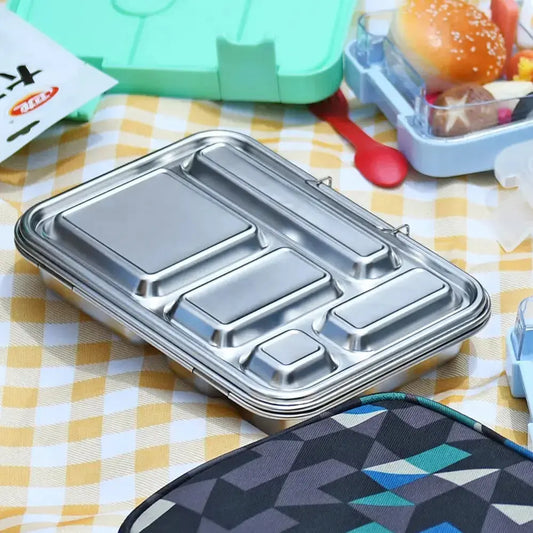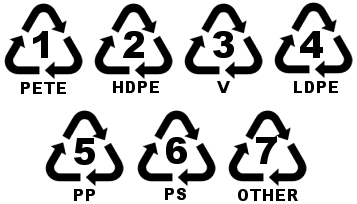We all know that recycling is important for the environment, and that's why we make an effort to recycle as much as we can. However, the recycling process can be confusing, especially when it comes to plastic products. You may have noticed recycling symbols on single-use plastic bottles, bags, or other similar items. The three rotating arrows make us believe that the item is recyclable and will be processed accordingly. However, did you ever notice the number in the middle of the symbol and wonder what it means? In this post, we'll help you decode recycling symbols and understand whether an item can be recycled or not.
Recycling Symbol #1: PETE or PET (Polyethylene Terephthalate)
The number 1 inside the triangle indicates that the product is made of PET, which is commonly used for single-use plastic bottles, food packaging, and textiles. PET is relatively easy to recycle and can be used to manufacture new products such as carpet, clothing, furniture, and other plastic bottles. However, it's important to note that the caps should be removed from the bottles before recycling.
Recycling Symbol #2: HDPE (High-Density Polyethylene)
The number 2 inside the triangle indicates that the product is made of HDPE, which is commonly used in milk and juice cartons, plastic bags, and toys. HDPE is also easy to recycle and can be used to manufacture various products such as plastic lumber, pipe, and outdoor furniture. However, not all HDPE products are recyclable, especially if they contain other materials such as metal or paper.
Recycling Symbol #3: PVC (Polyvinyl Chloride)
The number 3 inside the triangle indicates that the product is made of PVC or vinyl, which is commonly used for pipes, window frames, flooring, and some plastic toys. PVC is difficult to recycle and is not widely accepted by recycling facilities. Therefore, it's best to avoid buying products made of PVC whenever possible.
Recycling Symbol #4: LDPE (Low-Density Polyethylene)
The number 4 inside the triangle indicates that the product is made of LDPE, which is commonly used for plastic bags, food packaging, and some plastic wraps. LDPE is also easy to recycle and can be used to manufacture new products such as trash bags, shipping envelopes, and more plastic bags. However, LDPE products should be clean and dry before recycling.
Recycling Symbol #5: PP (Polypropylene)
The number 5 inside the triangle indicates that the product is made of PP, which is commonly used for food containers, straws, and some plastic bags. PP is easy to recycle and can be used to manufacture new products such as automotive parts, garden tools, and more food containers. However, like with LDPE products, PP products should be cleaned and dried before recycling.
Understanding recycling symbols is crucial to ensure that you're not only recycling but also recycling correctly. Knowing what each symbol means and whether an item can be recycled or not is the first step to reduce waste and protect the environment. Next time you encounter a plastic product, take a closer look at the recycling symbol and make an informed decision about how to dispose of it. Remember, small individual actions can have a big impact on our planet.
Recycling Symbol #6 – PS (Polystyrene)
Cups, foam food trays, packing peanuts. Polystyrene (also known as styrofoam) is a real problem as it’s bulky yet very lightweight and that makes it difficult to recycle. For example, a carload of expanded polystyrene would weigh next to nothing so there’s not a lot of materials to reclaim, particularly when you take into account the transport getting it to the point of recycling. It can however be reused. Learn more about recycling polystyrene.
Recycling Symbol #7 (Other)
Could be a mixture of any and all of the above or plastics not readily recyclable such as polyurethane. Avoid it if you can – recyclers generally speaking don’t want it.














0 comments